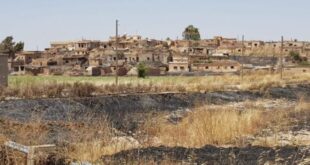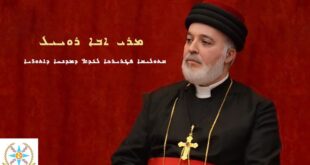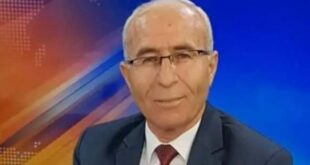By Mohammed A. Salih
Arbil(North-Iraq) – IPS — The deadly attack on the Yazidi minority in northern Iraq earlier this month is expected to worsen ethnic and sectarian tensions.
The suicide bombings in Kahtaniya and al-Jazeera villages in the northern Nineveh province of Iraq Aug. 14 left more than 400 dead and at least 200 injured. These were the most lethal attacks since the U.S.-led invasion of Iraq in March 2003.
The U.S. military says al-Qaeda is attempting to pit local Yazidi Kurds against Muslim Arabs. Yazidis speak of their “pro-Kurdistan tendencies” as the major provocation for the attacks. They fear this will make them targets for more attacks.
“Terrorists will attack every one who is not with them,” Ido Babasheikh, advisor to the Iraqi President on Yazidi affairs told IPS. “In terms of Yazidis, since they (al-Qaeda) consider us to be both Kurds and infidels, we are more likely to be a target again.”
Yazidis are followers of an ancient Mesopotamian religion. They worship Malak Taus, or the peacock angel, who many Muslims and Christians view as Satanic. The vast majority of Yazidis, numbering about half a million, are ethnic Kurds. The Yazidis are spread over several Middle Eastern countries such as Iraq and Syria, and also over the central Asian republics Armenia and Georgia.
Other religious minorities like Christians and Sabean-Mandaens (followers of John the Baptist) have also been attacked by armed groups. Iraq is now a particularly dangerous country for minorities. Unlike major communities, they do not have armed groups to protect them. Babasheikh called on the Kurdish and Iraqi governments as well as U.S. forces to protect them from “terrorists”.
The brutal bombings aroused nationwide sympathy for the Yazidi community. Yazidi leaders called for restraint among their followers.
Following the attacks, the Kurdish government declared one day of national mourning in the three neighbouring provinces Arbil, Sulaimaniya and Dohuk.
The Yazidi-dominated areas in Nineveh province are highly important because they are part of the “disputed areas” between Kurds and Arabs. A referendum scheduled by the end of this year will give locals a say whether they want to be a part of neighbouring and autonomous Kurdistan region or stay with the Iraqi government.
Kurds say the Yazidi areas were subjected to demographic changes during the regime of former president Saddam Hussein as part of his Arabisation programme, under which tens of thousands of non-Arabs were dislodged from strategic areas and replaced by Arab settlers. Kurdistan President Massoud Barzani who was in Baghdad to discuss the political situation with other Iraqi leaders accused the “intelligence services of neighbouring countries” of carrying out the attacks.
“Iraqi government and coalition forces need to put a limit to these aggressions against Kurds,” Barzani said. “From now on, we are no longer going to tolerate this situation.” He ordered 350 Kurdish Peshmarga fighters to the area. Several Yazidis told IPS that residents of Gir Uzeir and Sipa Sheikh Khidir districts had been asked by al-Qaeda insurgents to leave the area.
The large-scale operations by Iraqi and U.S. forces in Baghdad and other central provinces are said to have pushed many insurgents to shift to Kirkuk and Mosul in the north. That could bring new unrest to Nineveh province where the number of attacks was quite low.
The attacks dealt a blow to the efforts of Shia and Kurdish leaders to find a solution to the political and security crises. They also highlighted the inability of the current security plans to destroy insurgents’ offensive capacity.
Kurds have so far been mainly on the sidelines of sectarian violence in Iraq. But after the new attacks in the north, many are asking how long they can stay out of the conflict trap.
 Assyrian Democratic Organization ADO
Assyrian Democratic Organization ADO






